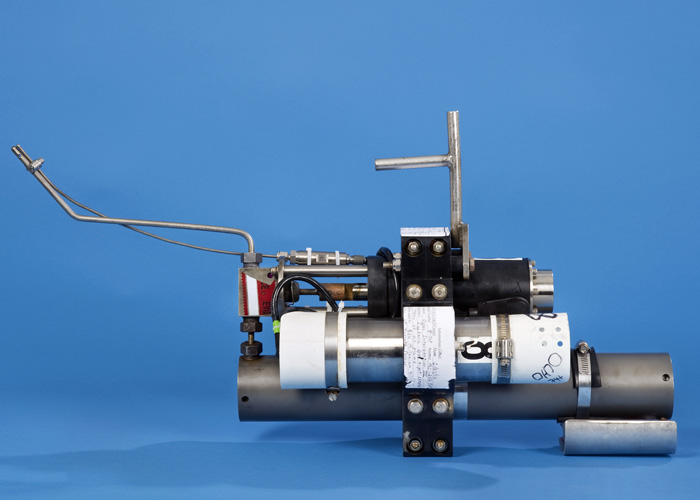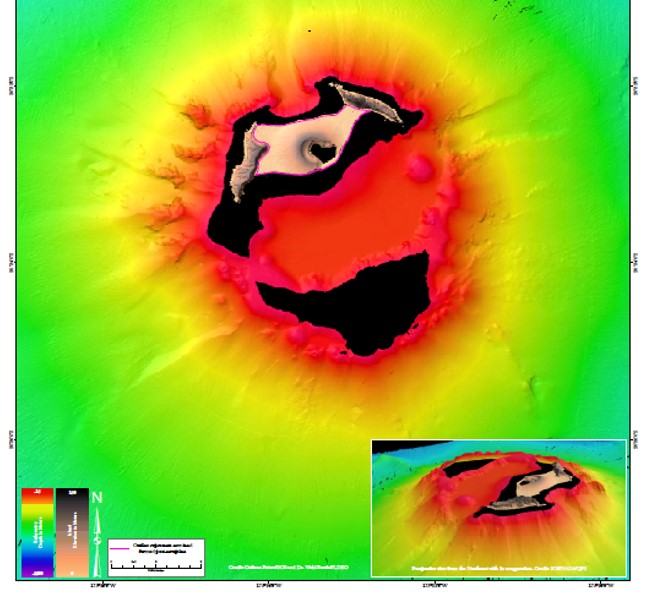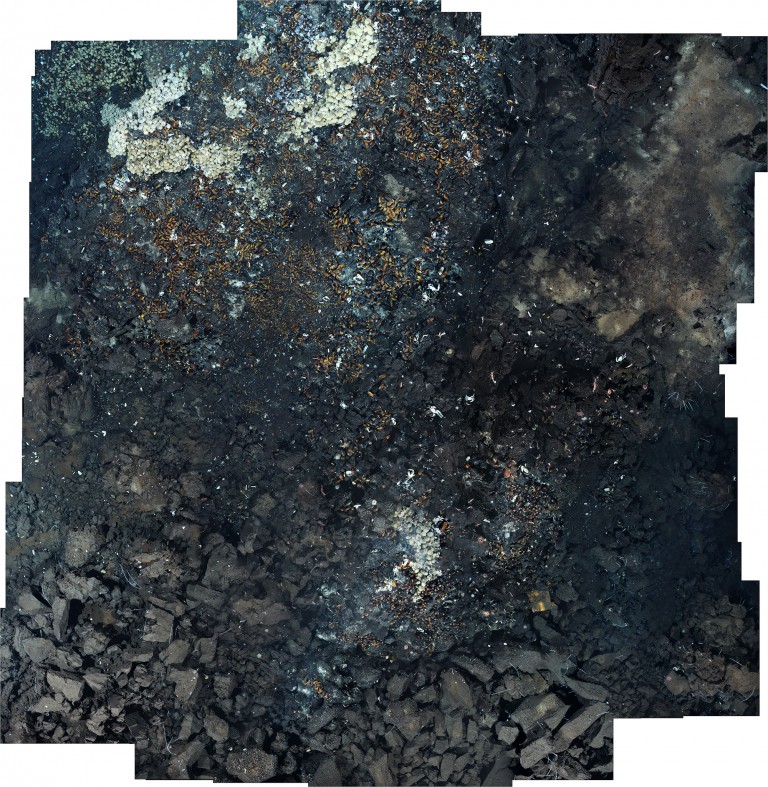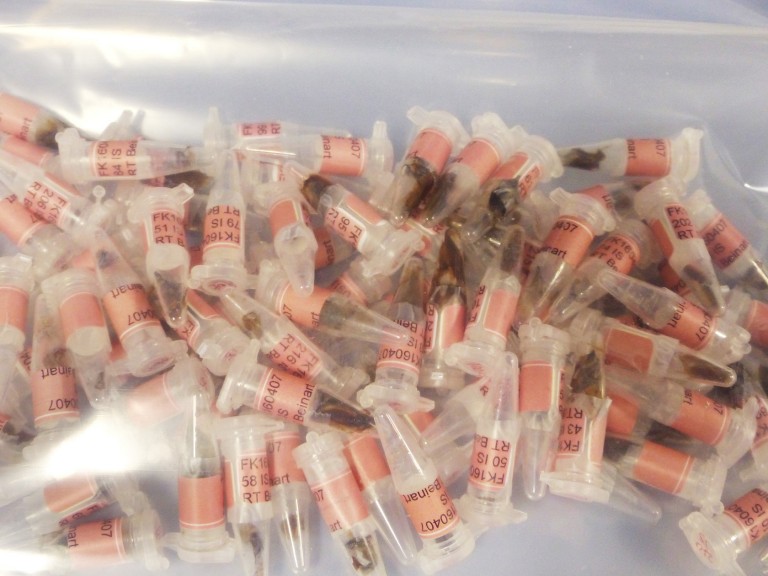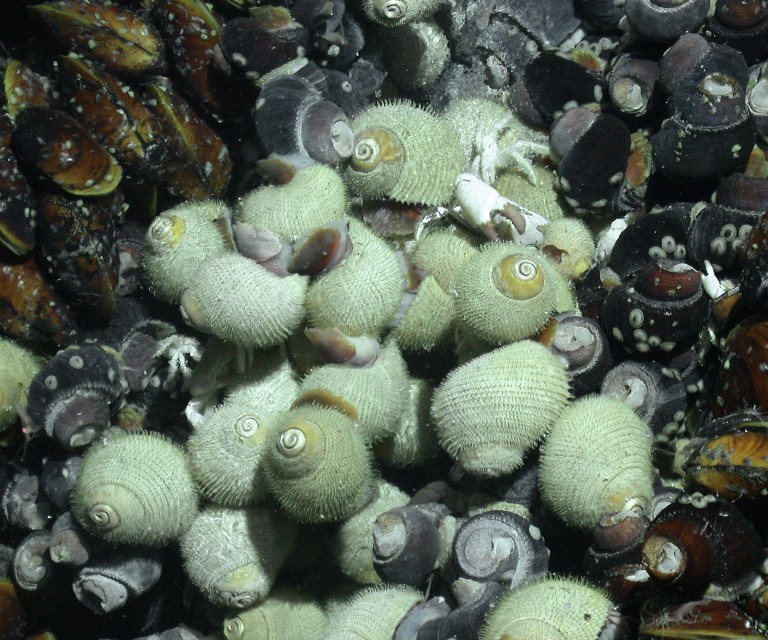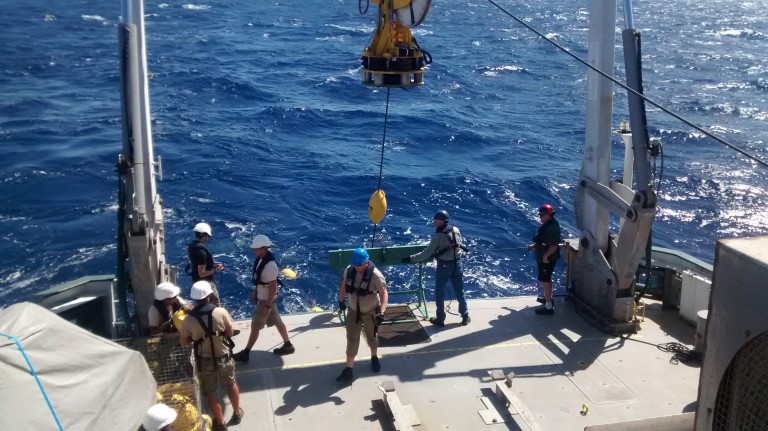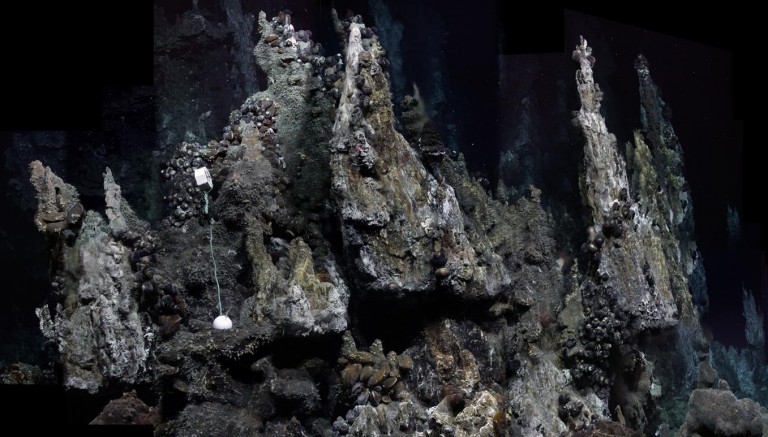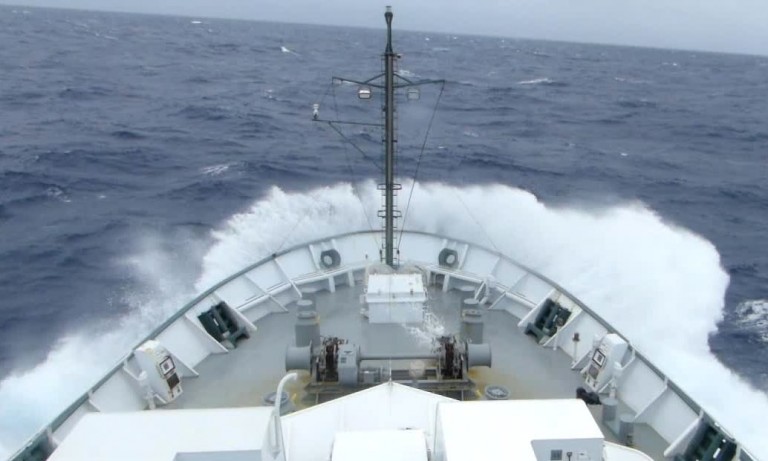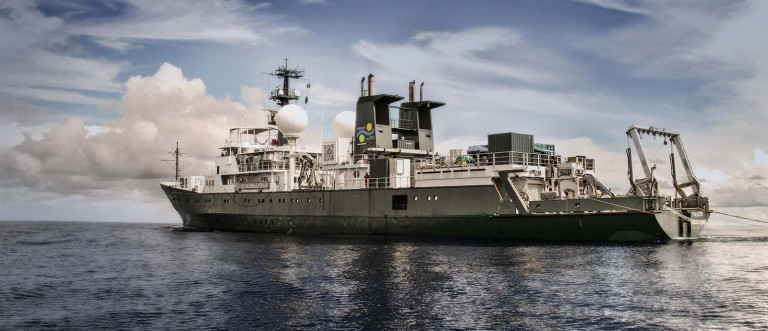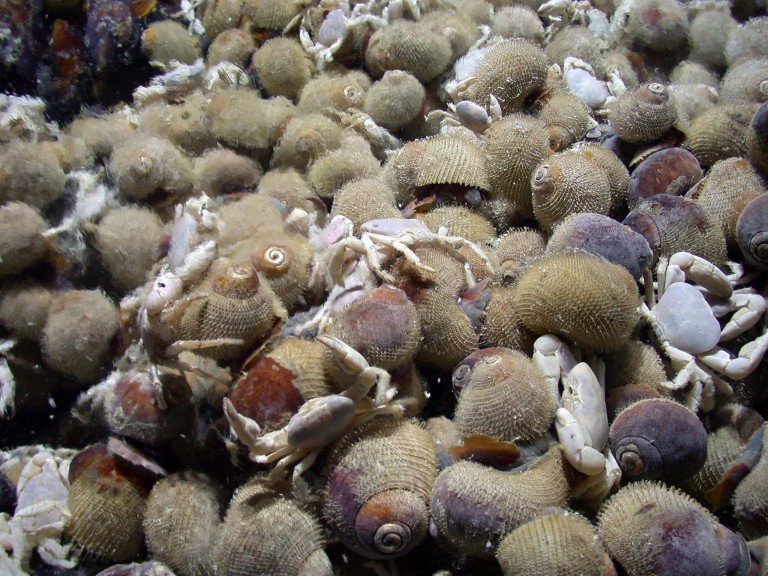Log Post: Under Pressure
The hydrothermal vents that we study here at the Lau Basin, and all around the world, are what any right-minded person would consider a “hostile work environment.” Water, at 360o C (680o F) or higher, constantly flows out of these impressive, sometimes 30m tall, chimney structures. Many of the fluids are quite acidic, at pH … Continued
